Articles
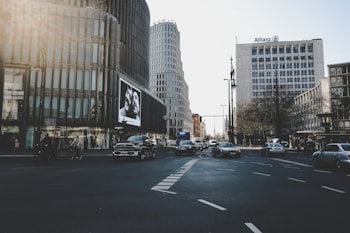
Economy of Germany is booming. For example, Berlin's GDP grew by 4.6% in 2016, outperforming the national average by 1.3 percentage points. The country's population is growing by more than 1% annually, largely due to millennials attracted to the country's for its vibrant culture, and for employment.
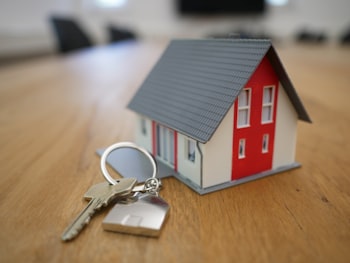
Germany has of one of the lowest mortgage rates in Europe. Both residents and non-residents are allowed to take out a mortgage loan. The process takes about one month and typically costs about 1% of the total loan amount.
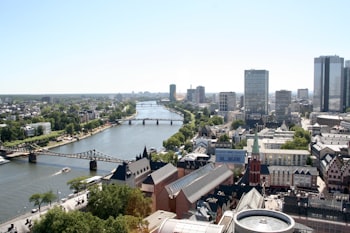
A real estate purchase tax (Grunderwerbsteuer) of 6% is levied on the property value, and 19% VAT applies to agent and notary fees. Real estate tax (Grundsteuer) typically ranges from €600 to €1,200 per annum, depending on property type, location, land plot size and time of construction.

Berlin's new airport opened on 31 October 2020 and replaced two air harbours at once - Tegel (Flughafen Berlin-Tegel) and Schönefeld (Flughafen Berlin-Schönefeld). The latter became one of the terminals. Construction of Berlin-Brandenburg Airport began back in 2006.
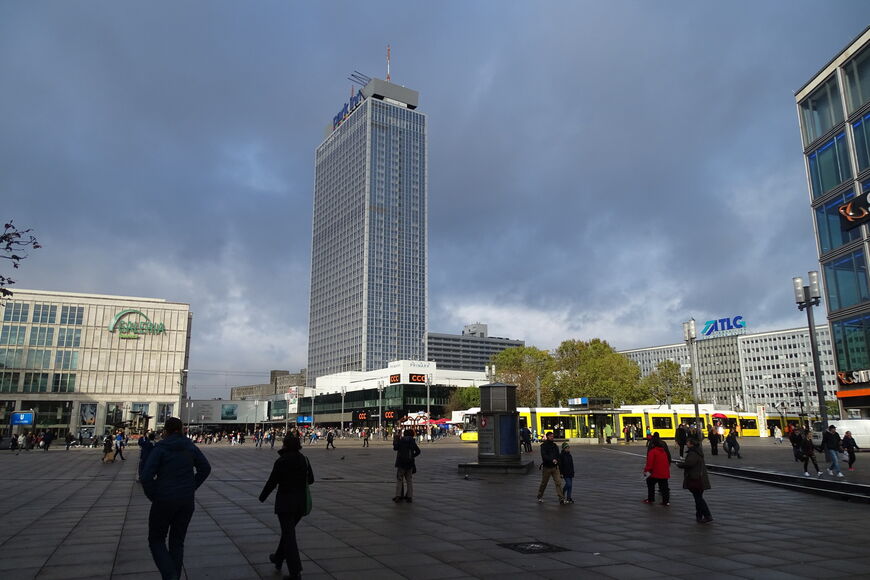
Alexanderplatz in Berlin is the city's most unusual square, named after the Russian Emperor Alexander I. Here, in the eastern centre of the German capital, the monuments of the past, the faceless architecture of the GDR, and modern buildings blend together.

Berlin — the city and capital of Germany
Since 1871, Berlin has been Germany's capital and largest city, both in terms of population and size. After London, Berlin is the second largest city in the EU. Berlin is also one of the 16 federal states of the Federal Republic of Germany.
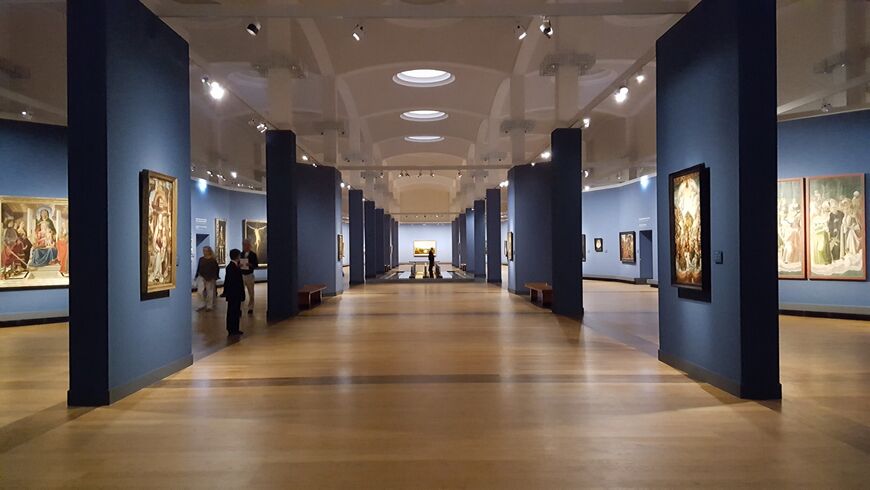
It is one of Europe's leading art museums. The gallery is located in the building of the Cultural Forum, close to Potsdamer Platz in Berlin.

The Berlin Wall divided the city into west and east for 28 years and was a symbol of the Cold War, the confrontation between socialism and capitalism. Its official name is the Anti-Fascist Wall.
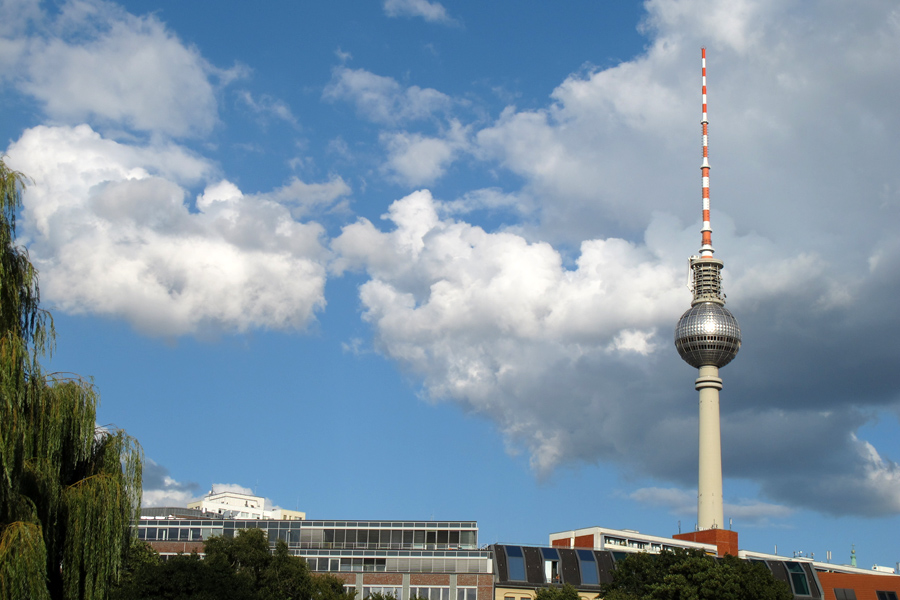
Since 1969, it has topped the list of Germany's tallest buildings. Its height is 368 metres. The television tower is located in the centre of Berlin on Alexanderplatz and dominates the city.

The history of the Berlin Zoo goes back over 150 years - it was the first zoo in Germany and the ninth in the world. The Berlin Zoo remains a popular attraction for tourists and locals alike.

The world-famous construction, adorned with a quadriga, became a symbol of German unification and of the fall of the Berlin Wall. No visit to Germany's main city is complete without a visit to the grandiose arch.
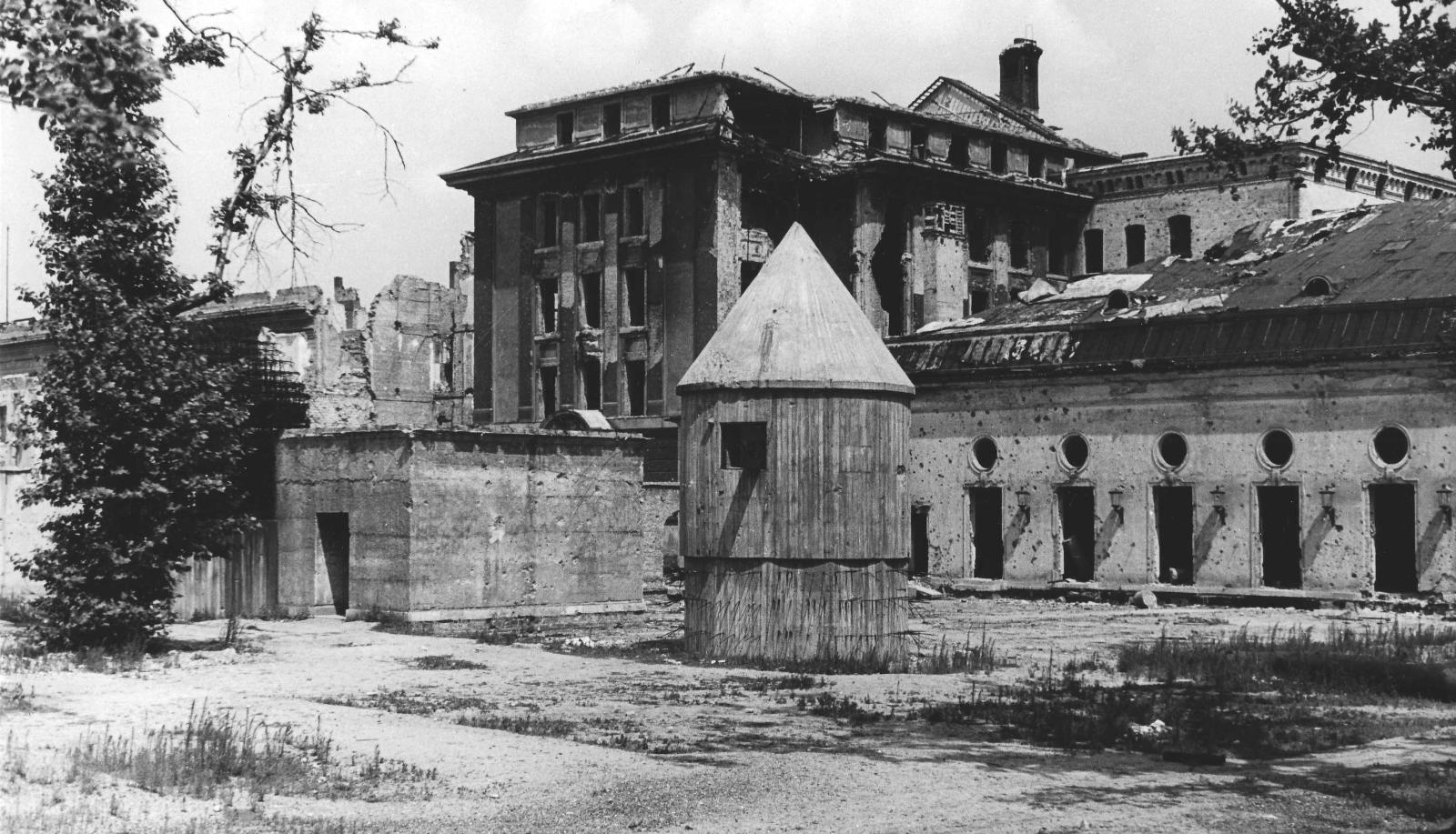
The construction of the Berlin bunker started in 1936, but it was never finished: as long as the war was going well for the Germans, nobody thought that the Fuhrer would need a refuge in the capital.

One of the most important landmarks gracing Alexanderplatz is the Berlin World Clock, the epitome of freedom and peace throughout the world, and the most popular meeting place in the capital.

Berlin is Germany's capital and the country's largest city, and is also a major political, cultural and scientific centre of Europe. Tourists can enjoy Berlin's eclectic mix of new and classic architecture, dynamic entertainment, shopping and a variety of sporting and cultural venues.

Scheunenviertel ("hut quarter") is a historic area in the modern Berlin district of Mitte, north of the Berlin city wall between Hackescher Markt and the modern Rosa-Luxemburg-Platz.
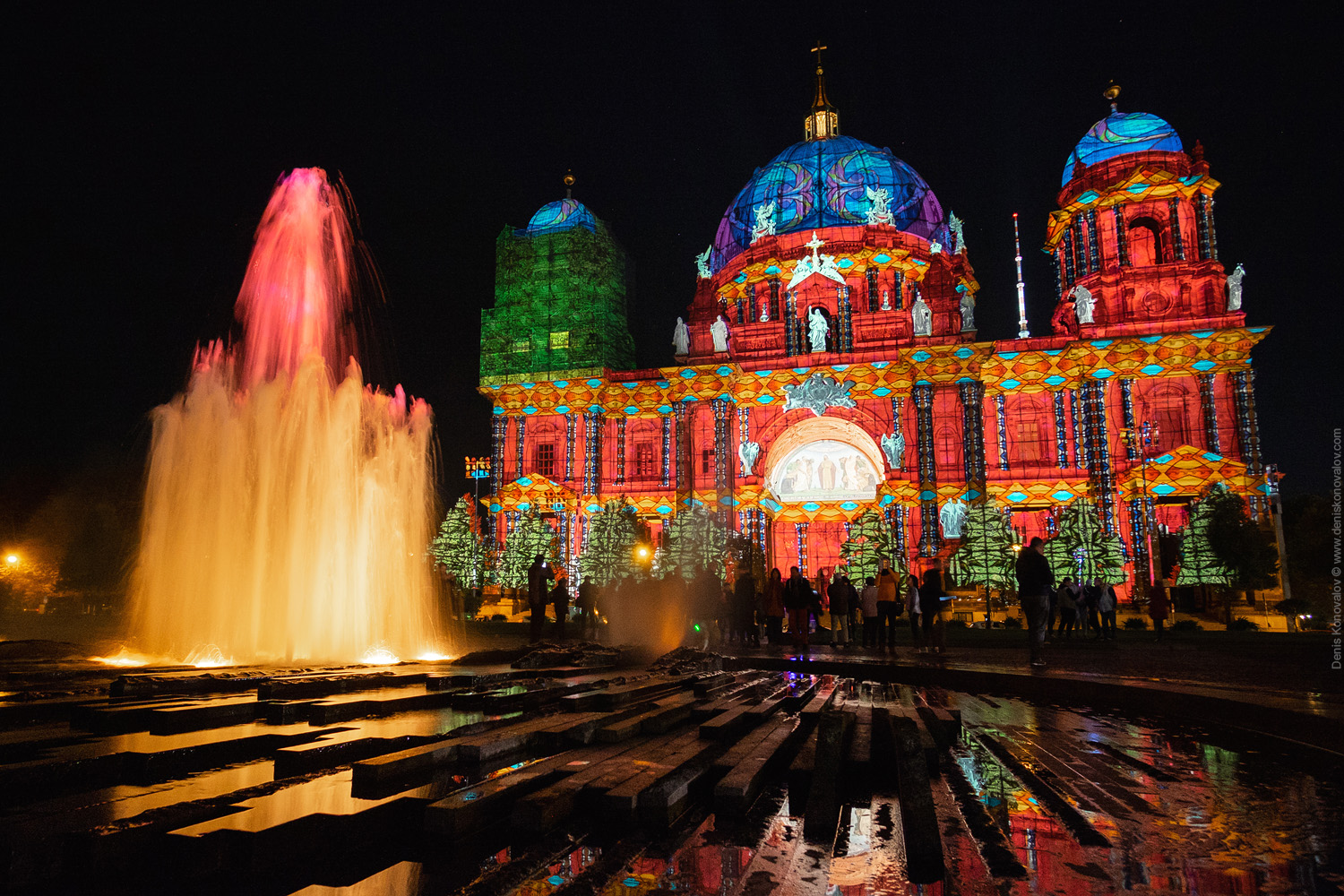
Germany's capital is no stranger to being one of Europe's most lively, cheerful and cosy cities. The city hosts an enormous number of festivals and cultural events throughout the year.
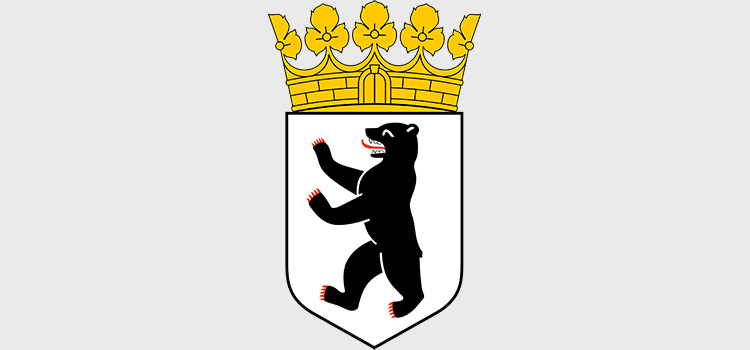
Germany's capital city has its own national symbol. Berlin's traditional coat of arms is an official emblem, approved in 1954. Like all national symbols, it has its own history.

Unter den Linden is Berlin's most famous boulevard and is home to several of the German capital's most famous landmarks. The street stretches for 1,390 metres in the heart of the city, from Brandenburg Gate to Museum Island.
